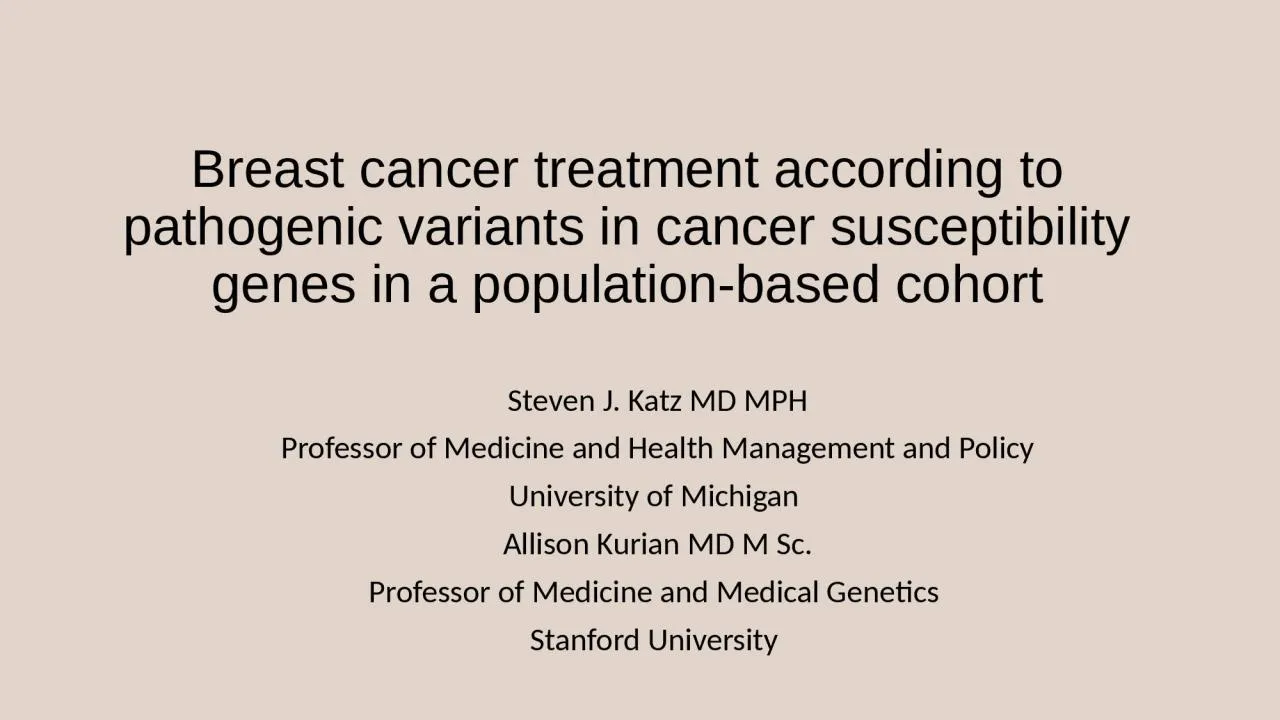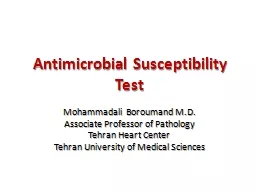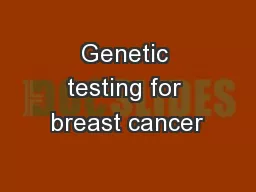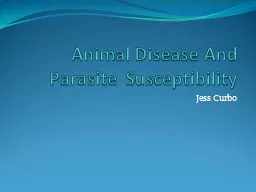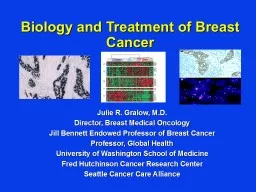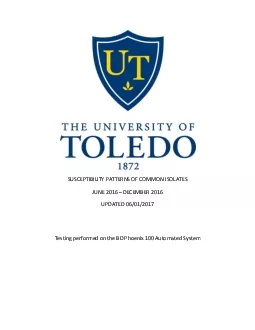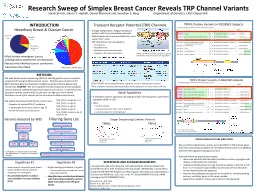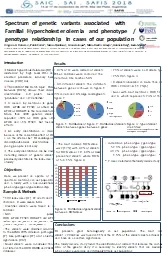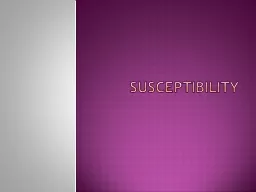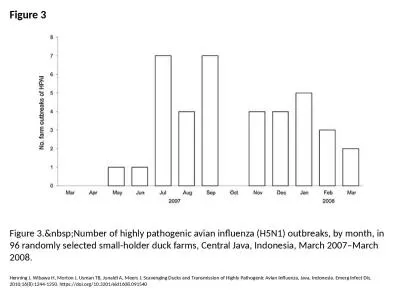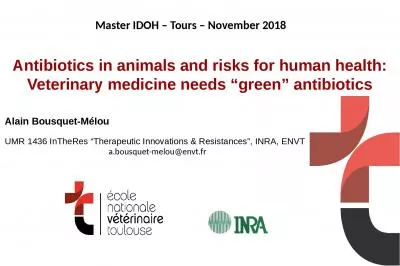PPT-Breast cancer treatment according to pathogenic variants in cancer susceptibility genes
Author : miller | Published Date : 2022-06-01
Steven J Katz MD MPH Professor of Medicine and Health Management and Policy University of Michigan Allison Kurian MD M Sc Professor of Medicine and Medical Genetics
Presentation Embed Code
Download Presentation
Download Presentation The PPT/PDF document "Breast cancer treatment according to pat..." is the property of its rightful owner. Permission is granted to download and print the materials on this website for personal, non-commercial use only, and to display it on your personal computer provided you do not modify the materials and that you retain all copyright notices contained in the materials. By downloading content from our website, you accept the terms of this agreement.
Breast cancer treatment according to pathogenic variants in cancer susceptibility genes: Transcript
Download Rules Of Document
"Breast cancer treatment according to pathogenic variants in cancer susceptibility genes"The content belongs to its owner. You may download and print it for personal use, without modification, and keep all copyright notices. By downloading, you agree to these terms.
Related Documents

